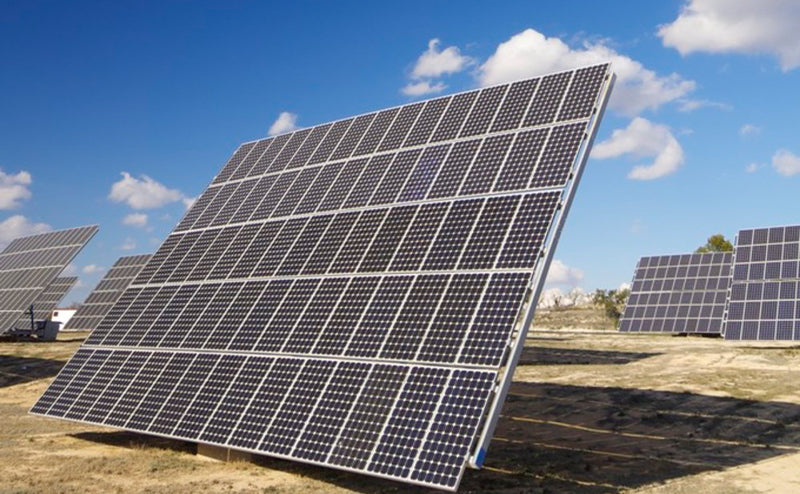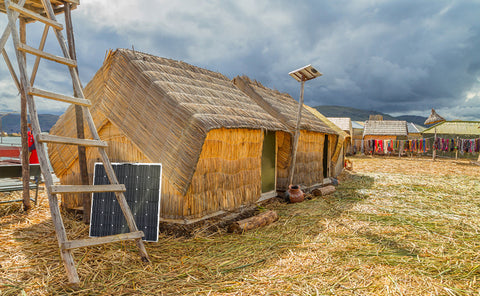
Millions of people in Africa rely on kerosene lamps and candles to light their homes and burn wood on open fires to cook and heat water. This is dangerous, harmful, polluting, and expensive. Batteries are widely used to power radios and people often must travel for miles to charge their mobile phones.
Africa is sometimes called the sun continent, warmed by more hours of bright sunshine than anywhere else on earth. Yet, the penetration of solar power, despite its obvious potential, is low: the World Bank estimates that Africa’s installed solar energy capacity is half that of the UK.
And, for some, it is paying off. Two of the top 20 businesses in the FT and data provider Statista’s 2022 ranking of Africa’s Fastest Growing Companies are solar energy providers. “It’s a booming market,” says Hugo Le Picard, a research fellow at the Centre for Energy & Climate at the French Institute of International Relations (IFRI). “With a fast-growing and urbanising population, decentralised solar systems are becoming the go-to choice for power generation.”
The draw of solar is its cost and flexibility. Compared with other renewables, solar panels are relatively cheap and can be installed just about anywhere. This has prompted the private sector to invest heavily in solar rather than hydroelectric, geothermal and wind power, which have geographical limitations and cost more.
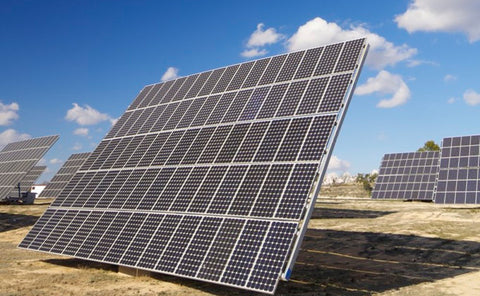
As we knows South Africa, Morocco, Algeria, Ghana and Egypt as having the largest and continuously growing solar markets in Africa.
Let’s see some datas about this five Biggest Solar Markets in Africa
South Africa
South Africa is top country in the continent with regards to solar markets. Moreover, it is also very important in the global solar market. The sector was virtually non-existent until the launch in 2011 of the Renewable Energy Independent Power Producers Programme (REIPPP). By unlocking this competitive auction bid programme, the South African government is looking to tackle the chronic power challenges the country has experienced. Various renewable energy sources have been considered in the programme and as for solar power, an ambitious target of 8,400 Megawatts (MW) by 2030 has been set, enough to provide energy to 1.5 million households. The current status of the market is rather remarkable. Since 2011, approximately 1,360 MW of solar power has been deployed and operational and another 1,530 MW is under construction. This represents a total capacity of 2,890 MW or in other words half a million homes powered. Looking at the split per technology, CSP plants represent 600 MW of capacity and the rest is PV plants.

Morocco
Behind the dominant South Africa, the kingdom of Morocco stands in second position. Morocco is fortunate to have one of the highest rates of solar insolation in the globe, with 3000 hours per year of sunshine and up to 3,600 hours in the desert. With the launch of the CSP mega project in the city of Ouarzazate, the largest solar project in the world, Morocco is positioning itself as a solar superpower. The first phase was completed in February 2016, bringing in line 160 MW of capacity, initially providing solar electricity to 650,000 local people . At the end of the project in 2018, this figure will raise to 1.1 million people. Morocco has set a clear target of reaching 2,000 MW of solar power by 2020, making up a third of renewable energy supply. The market size so far has a 180 MW operational capacity and an additional 350 MW is under development.
Moroccan authorities have displayed their international ambitions by holding talks with neighbouring countries and also some European countries with the aim of exporting solar energy.
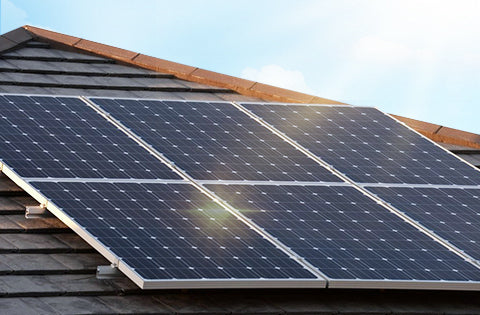
Algeria
Its current energy industry is almost entirely centred on the enormous gas resources of the country, which is a top exporter of natural gas. Although being the backbone of the economy, the oil and gas industry is leaving the country in a very vulnerable position due to the extreme volatility of commodities prices. To respond to the challenge, the Algerian government has established a very ambitious target of 22 gigawatts (GW) of renewable energy supply to be achieved by 2030. For comparison, this is about 1.5 times the current installed capacity of electricity generation. Out of this figure, 12,000 MW will be dedicated for domestic consumption and 10, 000 MW for export.
To date, the market capacity has been estimated at 290 MW of operational power, and 70 MW under construction.
Ghana
Standing in fourth position, Ghana is the only sub-Saharan African country, apart from South Africa, on the list. In West Africa, Ghana has solidly been at the forefront of renewable energy. It is then neither a surprise nor an accident that they are a growing market. Their ambition is to generate 10 per cent of their energy needs from renewable energy sources by 2020, which would equate to approximately 500 MW, enough to power about 100,000 households. Currently, there is 20 MW of solar PV plants that are operational and 100 MW of solar capacity is also being developed. Adding to that, the Nzema project, which is the biggest solar PV plant in Africa, the current Ghanaian market’s capacity is evaluated at 275 MW.
Other countries in West Africa are looking to emulate Ghana, especially Nigeria, which is taking steps to boost its market.
Egypt
Closing this top five is Egypt, but she could very soon overtake Morocco in second, should current projects being mulled come to fruition. Increasingly struggling to satisfy rising power demands with domestic fossil fuels, Egypt has plans to raise its share of renewable energy capacity and reach 2,650 MW by 2020, which could provide electricity to 500,000 households. Information gathered suggests about 1 GW of PV capacity could begin construction within the coming months.
For the time being, it has about 20 MW of CSP in operation and is planning to build approximately 100 MW of solar PV to that capacity.
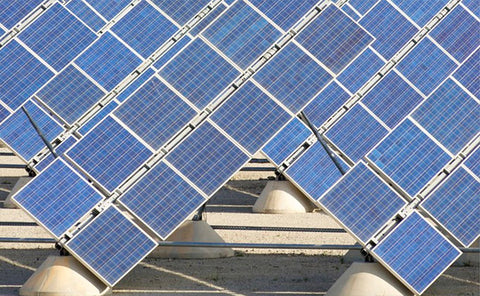
Conclusion
The implementation of renewable energy in Africa continues to lag behind much of the rest of the world: Solar and wind together constituted 3 percent of Africa’s generated electricity in 2018, versus 7 percent in other regions of the world. While the analysis of the five biggest markets demonstrates that they are mainly located in the North and the South of Africa.
Solarparts will invest heavily and pay attention to the African market in future, and we call on more people to join with us in contributing to the construction of Africa and bring more solar items Made in China, so that more people can enjoy the blessings brought by solar energy.
Twitter: Solarparts Instagram: Solarparts
Tumblr: Solarparts Pinterest: Solarparts
Facebook: Shenzhen Solarparts Inc
Email address: Philip@isolarparts.com
Homepage: www.isolarparts.com
